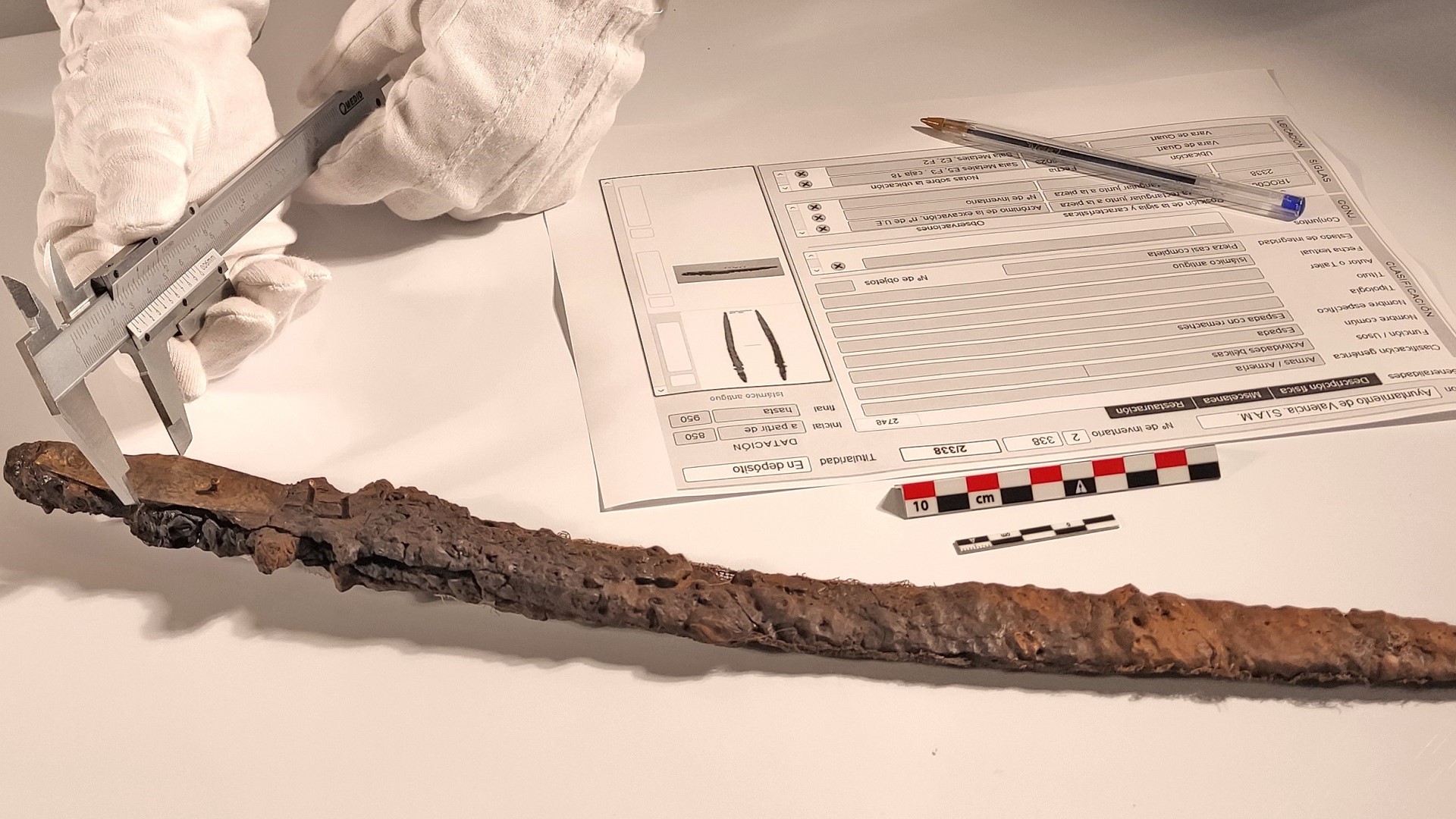Prosthesis, Vol. 5, Pages 1111-1119: Patient-Specific Instrumentation with Laser-Guide-Navigated THA: Clinical and CT Evaluation of the First 100 Cases
Prosthesis doi: 10.3390/prosthesis5040077
Authors: Leonardo Previ Edoardo Viglietta Veronica Giuliani Federico Corsetti Andrea Redler Attilio Speranza Angelo De Carli Raffaele Iorio
Obtaining a proper position for total hip arthroplasty components is a crucial aspect of implant performance and consequently of patient outcomes. Restoring the original hip center and maintaining the limb length are key factors in reaching the optimal implant positioning. The aim of this study was to assess the accuracy and safety of a computed dynamic analysis system that, through patient-specific guides, tries to improve implant positioning and functional orientation according to patients’ spinopelvic mobility and anatomy. A total of 100 consecutive patients were prospectively enrolled. All patients received an Optimized Positioning System dynamic hip preoperative planning schedule. A CT scan protocol follow-up analysis was performed 6 months after surgery. The mean deviations from the planned acetabular inclination and anteversion were 4.3° and 3.8°, respectively. In total, 98% of cases were within ± 10° of the Lewinnek safe zone, both for inclination and anteversion. The height of osteotomy deviated, on average, 1.6 mm. In total, 100% of cases were included within 4 mm of osteotomy. Patient-specific and laser-guided instrumentation was found to be safe and accurately reproduced dynamic planning in terms of the component orientation, osteotomy level, leg length and offset.

 6 months ago
18
6 months ago
18


